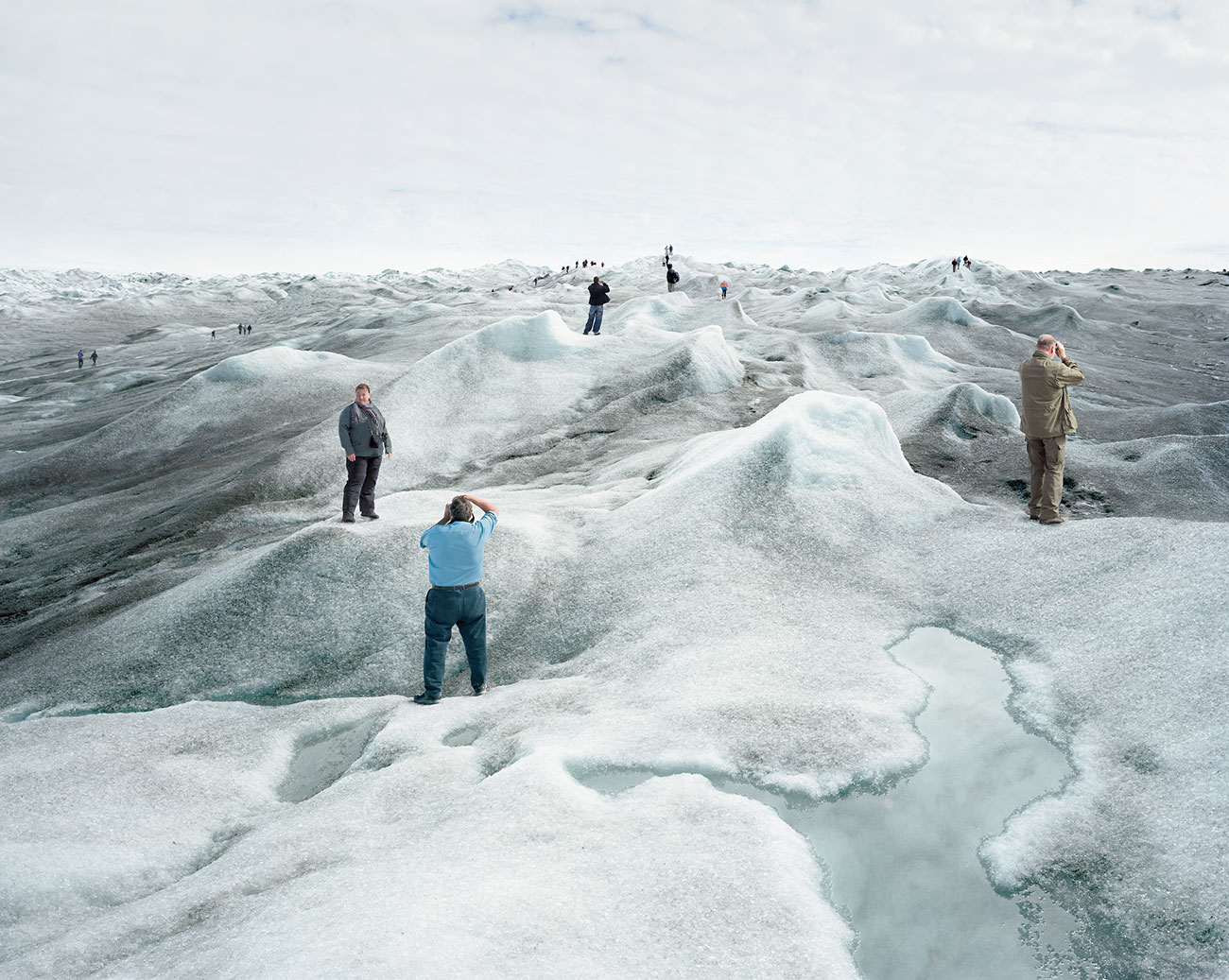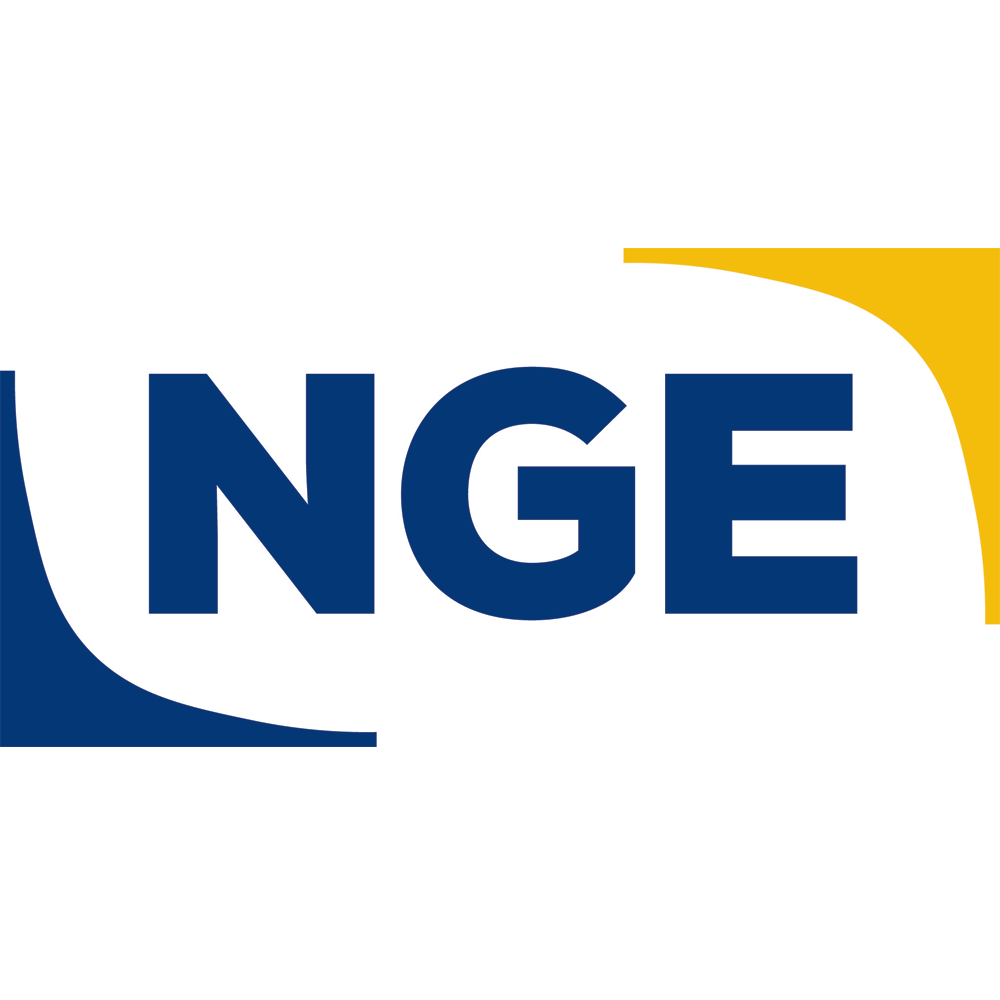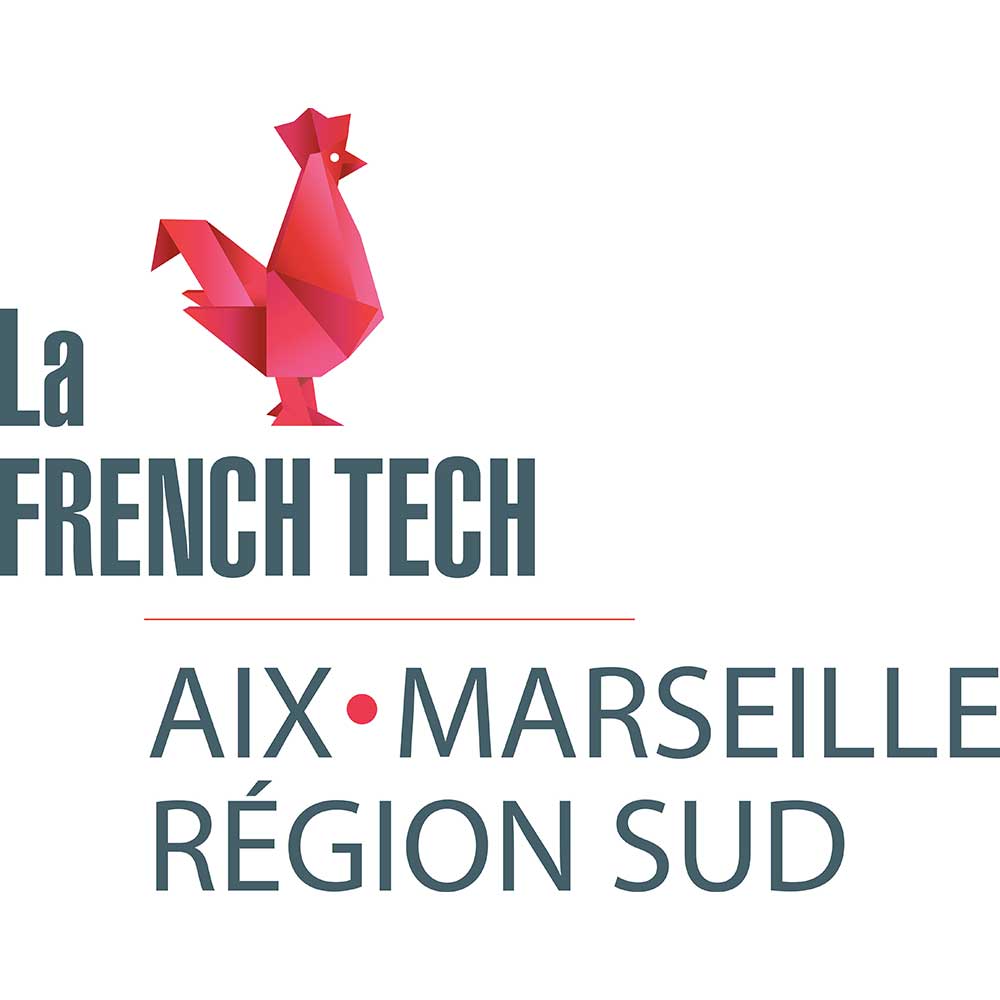Civilization
The Way We Live Now
|
From Wednesday 19 May 2021 to Sunday 15 August 2021
This exhibition presents the work of one hundred and ten photographers from all five continents
”Civilization - The Way We Live Now” presents the work of one hundred and ten photographers from all five continents. Bringing together young talents as well as renowned artists, this exhibition showcases more than 200 original prints by Massimo Vitali, Pieter Hugo, Lauren Greenfield, Wang Qingsong, Raphaël Dallaporta, Valérie Belin, Thomas Struth, Candida Höfer... Together, they draw a plural portrait of our time.
“Civilization - The Way We Live Now” concerns civilization as it is in the 21st century, from one end of the planet to the other, particularly in what unites us and what is shared collectively in a world where the values of individualism often dominate. It takes on a special significance as a reflection of the world before the Covid-19 pandemic.
Housing, work, leisure, transport, education, arts, science, technology... All over the world, photographers observe, record, interpret, and of course immortalise the world as it is. Thanks to their work, this unique exhibition offers a global vision of everything that makes up our “civilization” today.
Curators :
William Alexander Ewing, independent curator
Holly Roussell, independent curator
Mucem coordinator :
Hélia Paukner, curator, Contemporary Art department
Scenography :
Emilie Delanne and Amélie Lauret (Græphème)
Graphic design :
Cécilia Génard and Alma Gromard
Exhibition coproduced by the Foundation for the Exhibition of Photography, Minneapolis/New York/Paris/Lausanne and the National Museum of Modern and Contemporary Art of Korea, Seoul, in collaboration with the Mucem, Marseille.
The subtitle of the exhibition “What a time!” is inspired by the the title of the novel by Anthony Trollope, “The Way We Live Now” (1875) © Librairie Arthème Fayard 2010 for the French translation
-
Interview with Holly Roussell and William Alexander Ewing, curators of the exhibition
-
Mucem (M.) The exhibition paints a portrait of our civilization through photography. What was the idea that led you to this project?
Holly Roussell (H.R.) and William Alexander Ewing (W.A.E) During the industrial revolution, a planetary civilization began to emerge. This global civilization (sometimes called “universal civilization” or “meta-civilization”) is a collective work, adding its own tools to those we have accumulated over the millennia. Never before have human beings been so interconnected and interdependent. And yet this tremendous sense of the collective has been overshadowed by the cult of individualism. The “I” has taken precedence over the “we”. We have forgotten that we are fundamentally social animals.
Since the invention of photography, itself a product of this same industrial revolution, photographers have gone everywhere and photographed everything. This is even more true today, with technologies that allow them to go faster and further.Civilization is planetary, cumulative and collective, and photography reflects this, with photographers working in every continent, every country, every city, every village. They do this work on their own, but its circulation depends on a collective effort involving assistants, technicians, printers, publishers, graphic designers, agents, curators, gallery owners, drivers and pilots.
Photographers study the history of their medium, they respect it, building on the work of their predecessors. Together, they construct a living portrait of civilization at the beginning of the 21st century.
M. How was the selection of the presented images carried out?
H.R. and W.A.E. The selection work took a number of elements into account. Firstly, it should be noted that eight themes emerged from this work. The structure of the exhibition was not decided on in advance, rather it imposed itself naturally, with the intention that it be “poetic” with themes that are sufficiently open to allow for a playful dispersion of images. These themes present the strong ideas that we identified when examining the various projects; they define our contemporary planetary civilization and act as directional signs to guide the visitor throughout their journey. For example, the theme “Flow” shows works that literally represent the movement of resources (eg Henrik Spohler), the movement of people (Florian Böhm), the movement of vehicles (Mintio), as well as more abstract flows such as the movement of money in the global economy (Paolo Woods and Gabriele Galimberti).
With respect to the selection of photographs, in most cases we wanted to favour powerful, original images that can by themselves illustrate a universal idea or theme. For example, a single glance at one of Xing Danwen’s photos will immediately make one think about the issues of electronic waste, pollution, the interconnection of our supply chains, etc.
In addition to these powerfully narrative images, we also sought to bring together artists of different nationalities, genres and generations. Thus, this exhibition on the global civilization of the 21st century becomes an opportunity to take stock of the state of contemporary photography.
Finally, when we had to make a choice between two images, we endeavoured to choose the one whose visual language, identity and technique were the most accomplished. Was the work the result of a stroke of luck? Could we support, through an exhibition project, an artist who in our opinion deserved more recognition? This was often the spirit in which we worked. The selection gave rise to fierce debate among us.
M. What ideas come to mind, to sum up all these images?
H.R. et W.A.E. On the one hand, complexity, ingenuity, variety, and diversity; on the other hand, crisis, threatened order, and chaos.
M. You have chosen to highlight the “collective” in a world where the values of individualism dominate...
H.R. and W.A.E. We believe that the sense of the collective is masked by the cult of the individual. For example, Hollywood (or Bollywood!), those dream machines with worldwide resonance, dazzle us with a handful of stars. But everyone becomes aware that a film remains a collective work when the end credits are played... What intrigues us is how we tend to forget how many important discoveries throughout history have been the fruit of collective rather than individual work.
Rather than focusing on what makes us a collection of individuals and personal stories, “Civilization - What a time!” focuses on the collective global civilization of the 21st century. It focuses on what is shared – the cumulative nature of the human enterprise that has produced the most complex and interconnected society the world has ever known. Yet we do not deny the differences between civilizations; scholars such as Niall Ferguson speak of homogenisation while admitting disparities. The cultures and countries of the world share common values such as the family and systems of social control such as laws, police, and prisons, as well as transport systems, monetary systems, etc. In no way does this mean that we lack diversity, but it does show that as humans, we have evolved over the generations, learning and accumulating experience in our interactions with other cultures to arrive at similar choices, working together to live longer and coexist effectively.
What will be the next step? What does the future hold for 2100 or 2200? What seems obvious is that this new world will be a collective enterprise. We are facing new challenges, that’s for sure. But one of the positive elements of this increasingly collective future is that the community with which we will face these, such as the pandemic we are currently experiencing, is a global one.
M. How is the exhibition organised?
H.R. and W.A.E. This is a major exhibition, given that it presents the work of 120 photographers from nearly 30 countries and covers the main aspects of human life: work, leisure, production, consumption, order, disorder, etc. It is a portrait of our civilization through photography.
We designed the exhibition as a journey in eight stages: “Hive” (which focuses on the places where we live), “Alone together” (around social relations), “Flow” (which illustrates the movement of people, goods and ideas), “Persuasion” (around the mechanisms we use to persuade others), “Control” (ie authority and power), “Break” (around conflicts within our societies), “Escape” (around leisure activities) and “After?” (looking at the new world that is taking shape in the 21st century). This structure is quite flexible and many visitors may say to themselves: “I would have rather put this image in another section”; but this is also the type of reflection we want to provoke.
Downloads
Dossier enseignant Civilization .pdfPartners and sponsors
With the support of Interxion, NGE et Aix-Marseille French Tech
In partnership with Polka

![Paolo Woods et Gabriele Galimberti, série The Heavens [Les paradis], 2012/2015 © Gabriele Galimberti & Paolo Woods Paolo Woods et Gabriele Galimberti, série The Heavens [Les paradis], 2012/2015 © Gabriele Galimberti & Paolo Woods](/sites/default/files/2021-02/Site_Paolo-Woods-et-Gabriele-Galimberti_serie-The-Heavens-2012-5%C2%A9Gabriele-Galimberti-et-Paolo-Woods.png)
![Dona Schwartz, Kathy et Lyonel, 18 mois, série Empty Nesters [Nids vides], 2010 © Dona Schwartz, courtoisie Stephen Bulger Gallery Dona Schwartz, Kathy et Lyonel, 18 mois, série Empty Nesters [Nids vides], 2010 © Dona Schwartz, courtoisie Stephen Bulger Gallery](/sites/default/files/2021-02/Site_Dona-Schwartz_Kathy-et-Lyonel_2010%C2%A9Dona-Schwartz_courtoisie-S-Bulger-Gallery.png)



